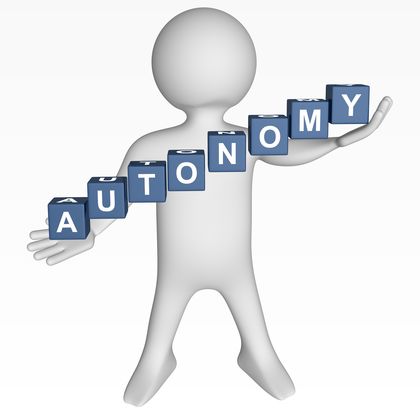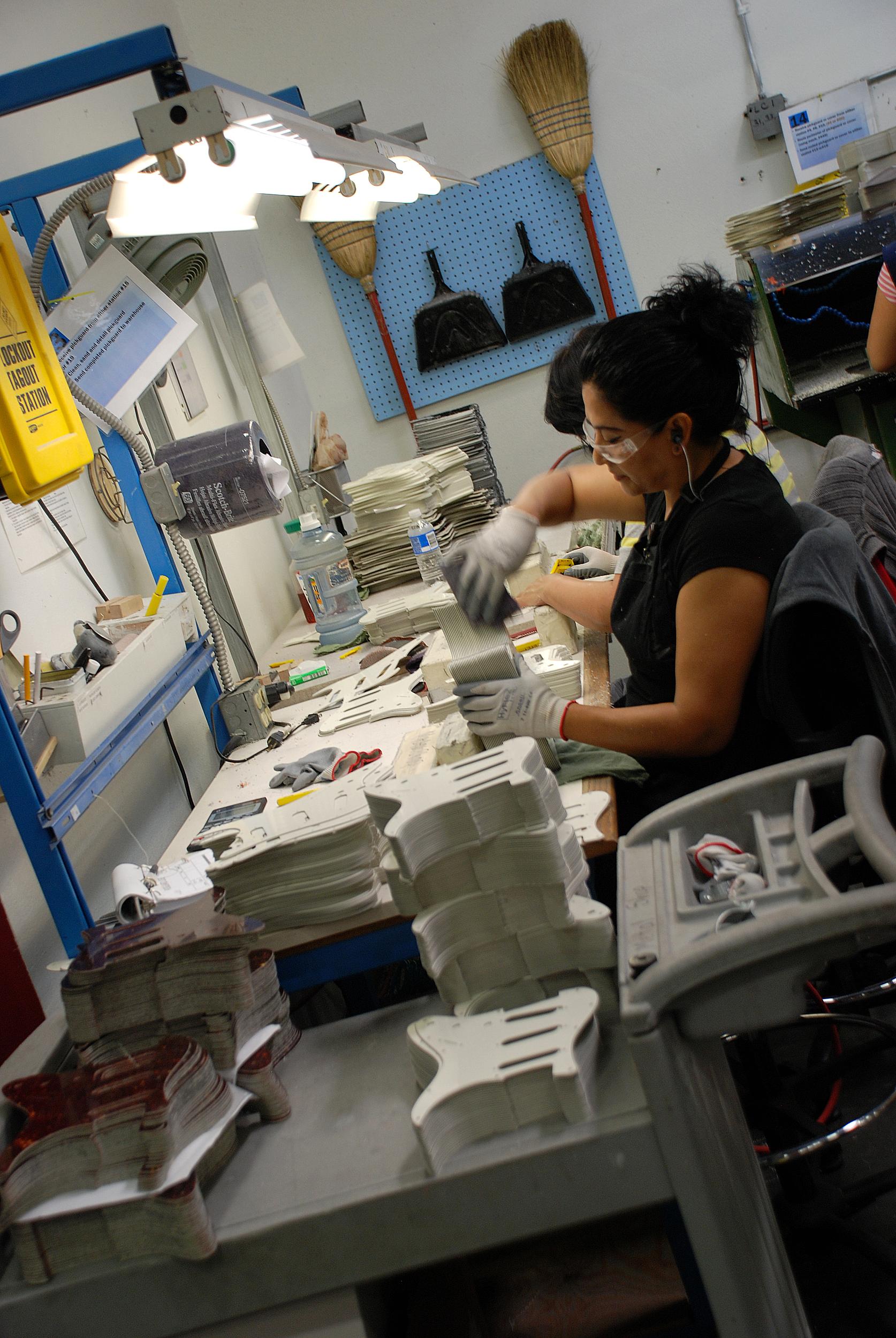 “I believe happiness is a choice. Some days it is a very difficult choice.” – Steve Gleason
“I believe happiness is a choice. Some days it is a very difficult choice.” – Steve Gleason
Our three part series on the changing work environment was inspired by findings in the Staples Advantage Workplace Index (http://bit.ly/1ULVQr7). Findings in the report reveal that half of workers state feeling overworked is motivating them to look for a new job, 62% say wellness programs are a selling point when looking for a new job, but only 35% actually have a wellness program at their current job, 3 out of 4 respondents say their employers don’t give them access to the latest technology to do their job efficiently. You can read more by clicking on the link and reading the full report.
In part III of our series ( In part one we talked about providing flexibility and in part two last week we discussed providing autonomy) on the changing work environment we discuss the importance of providing choice. Employees are not willing to give 100% to a job where they feel trapped. They want opportunity and they want choice.
What does it look like?
In the changing work environment, employees want to know that they have choices. In this new environment management is not dictating ‘how’ everything gets done. Employees are given the ‘what’ and the ‘why’, and then they are given the opportunity to make decisions and design how their work gets done to meet the goals of the company. In addition, they are empowered with the training and resources they need to be successful.
Why is it important?
Employees want to know that they are making a valuable contribution to something bigger than themselves; they want to feel truly invested in their work. When employees have choices, they have a sense of control which shows them that their input is valuable. It tells them they are trusted and are important.
Not long ago Glassdoor published its list of the Best Places to Work 2016 (http://bit.ly/1lN0I2p). Topping the list was Airbnb. An employee review for MindBody (#14) in the Glassdoor article writes, “It’s a culture of happiness! I’ve never been in such a positive environment. Management encourages you not only professionally, but in personal aspects of life too. So thankful to work for such an amazing company!” That sounds to us like a company that understands the value of their employees and wants them to succeed.
How do we do it?
Providing choice requires management to let go of the control they have clung to in the past. Old habits can be hard to break; here are six ACTION steps to help you think through your current operations and to embrace providing choice.
Accountability – The ebb and flow of an organization that provides flexibility, autonomy, and choice hinges on accountability. Regardless of what the organizational structure looks like or how teams are assembled it all comes down to mutual accountability if it is going to succeed.
Collaborate – In this changing work environment collaboration may take on a new look as well. Your box approach to thinking may now look more like a circle that makes room for more people, new ideas, and greater potential. If your workplace environment changes so too must the way you work with others also change.
Train – John Maxwell said, “The people’s capacity to achieve is determined by their leader’s ability to empower.” This is so true in the changing work environment. Training is essential not just for your success today but how you will look and operate five years from now and beyond.
Inspire – What your people need to see as they embrace a new work environment is greater ownership, greater opportunity for growth, and more control over their future. Inspire your people to the possibilities before them and remind them of it often.
Opportunity – The changing workplace environment can be frightening for people who have no voice in the direction they are going or have not bought-in to the vision. If one’s opportunity is not clear to them they will be the last to embrace change. Be vocal, be clear, and be out front with the opportunities that exist and for the ones they will create.
Now – The time for creating this new workplace environment is now. And we would like to remind you of what we advised in part one of this series. Take baby steps and tackle one or two small changes that you can implement right away. Be intentional about your changes and make them gradually. Include your people when charting the course. But get started!
© 2016 Doug Dickerson and Liz Stincelli
Doug Dickerson is an internationally recognized leadership speaker, columnist, and author. He is a contributor for The Las Vegas Tribune, Executive Secretary Magazine, Realizing Leadership magazine, and The Daniel Island News to name a few. Read more at: DougDickerson.WordPress.com
Liz Stincelli is the Founder of Stincelli Advisors where she focuses on helping organizations engage employees and improve organizational culture. She holds a Doctor of Management degree with an emphasis on organizational leadership. Learn more about Liz by visiting her website: www.stincelliadvisors.com








